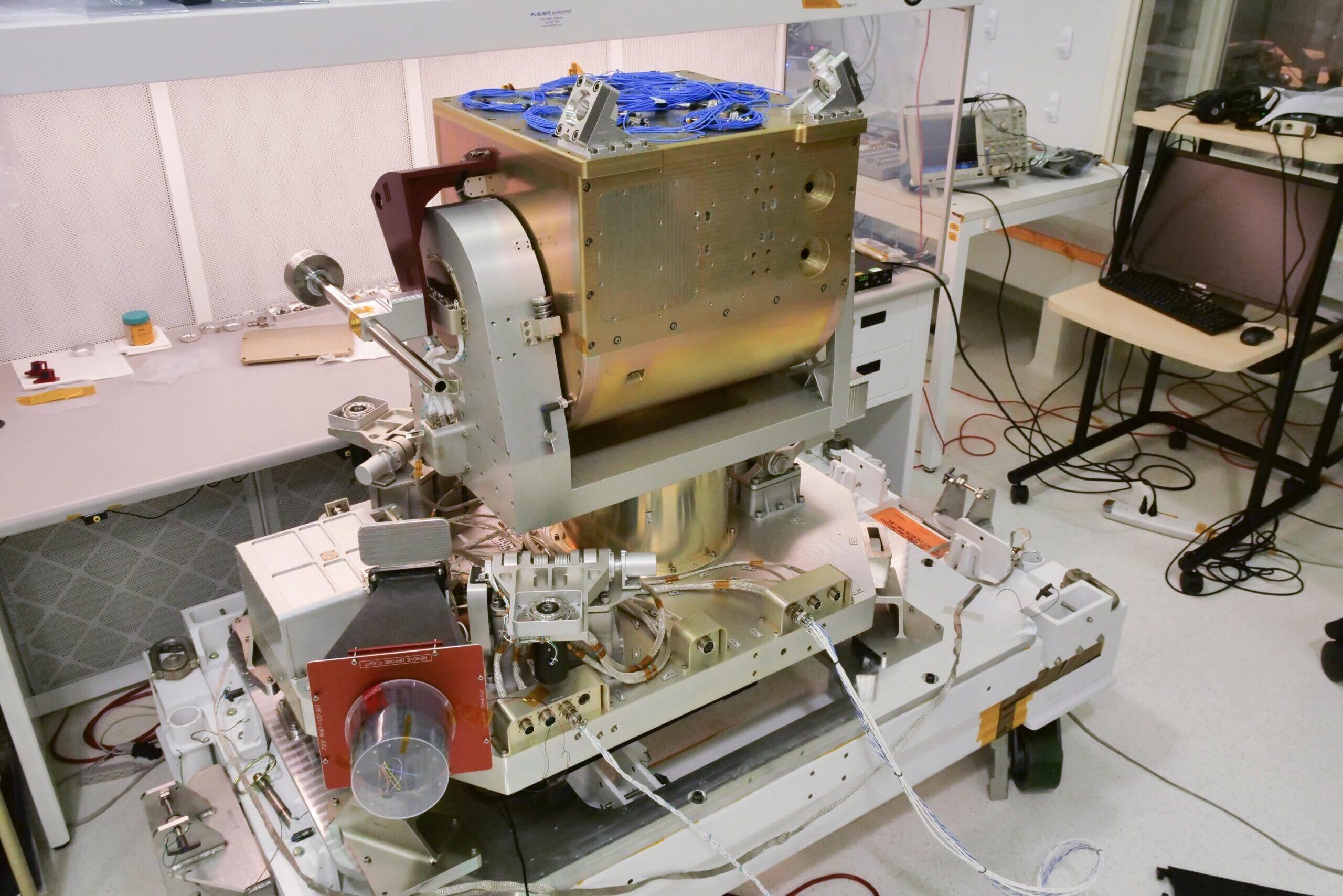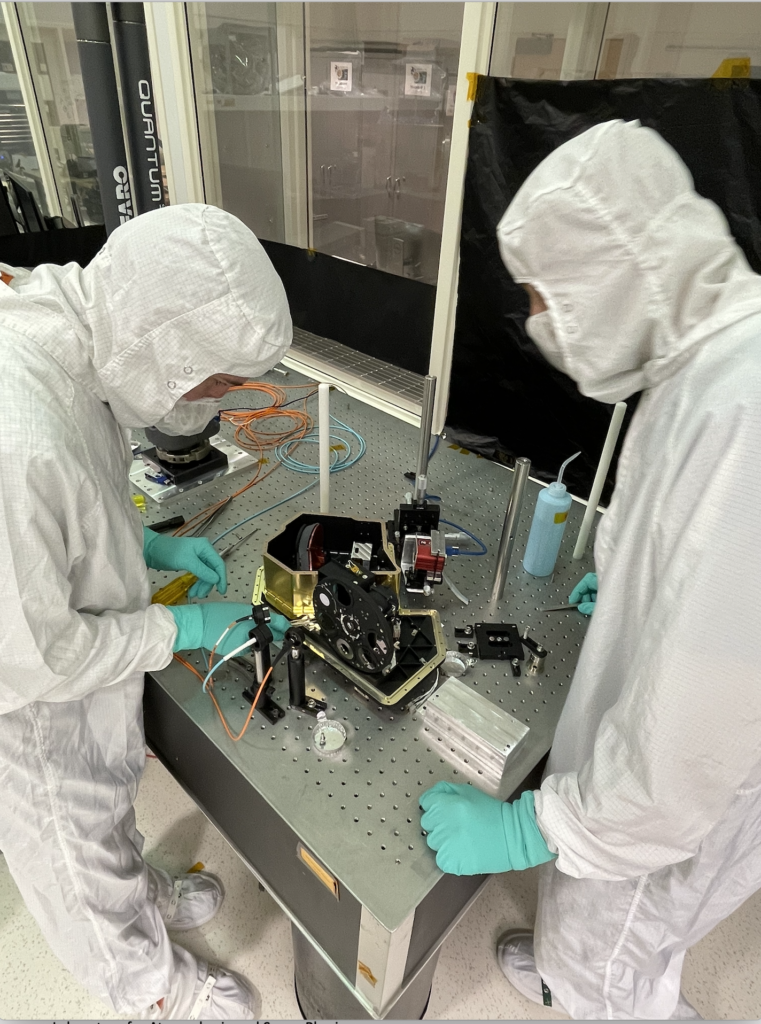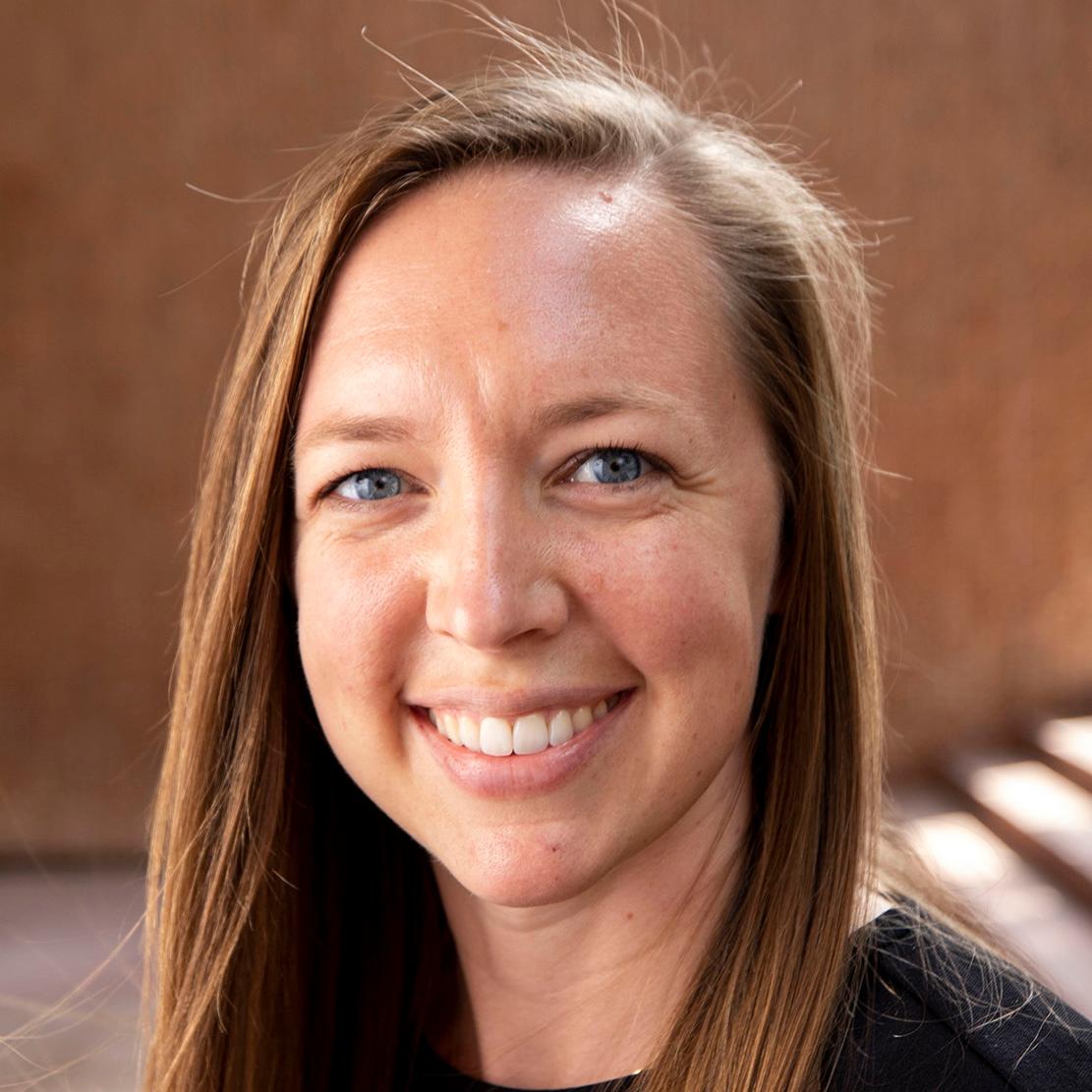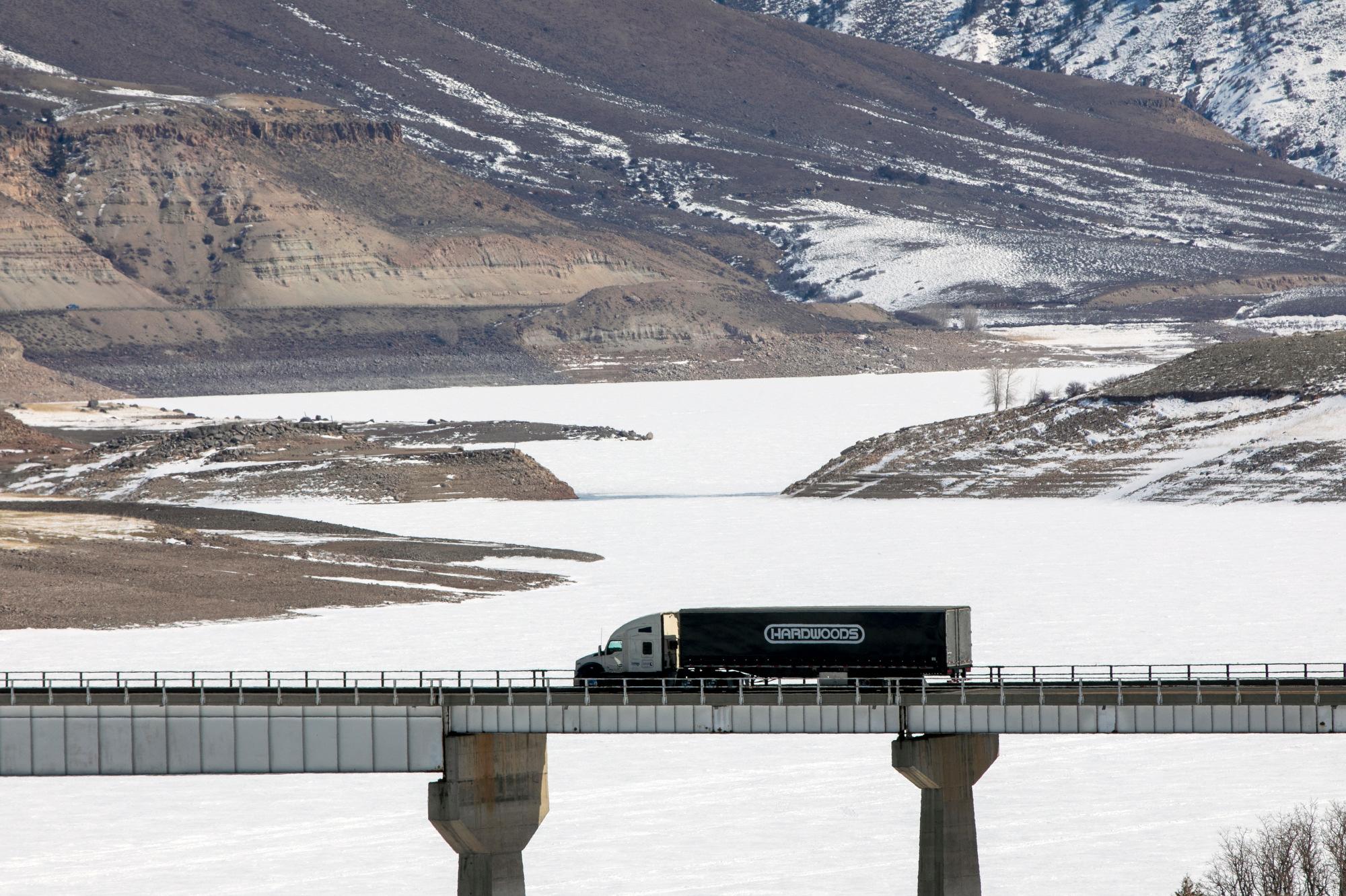
Researchers at the University of Colorado at Boulder are developing a new sensor to more accurately measure how sunlight interacts with the Earth’s surface and atmosphere, providing key data that can expand knowledge about the planet’s climate.
The breadbox-shaped sensor, known officially as the Climate Absolute Radiance and Refractivity Observatory Pathfinder, is scheduled to launch in December of 2023, at which point astronauts will affix it to the International Space Station.
More detailed and accurate data on the sunlight reflected and absorbed by oceans, land and airborne particles could aid researchers studying aerosols, the Earth’s surface, and the amount of energy that comes to Earth from the sun and flows back out to space. That data could also help climatologists create more precise models to predict how the climate will change as humans create more planet-warming emissions.
Current sensors record data for a handful of wavelengths within the spectrum of the sun’s radiation. The CLARREO Pathfinder will capture hundreds of wavelengths, with ten times the accuracy of other instruments.
“Factor of 10 improvements don't actually happen all that often in our modern era of hardware innovative instrument development,” said Odele Coddington, a research scientist at the Laboratory for Atmospheric and Space Physics at CU Boulder who is not affiliated with the CLARREO mission. “Saying that you can do something 10 times better is actually pretty awesome.”

For more than four decades, researchers have been taking measurements that helped establish how clouds work, how aerosols change form and how energy flows through the atmosphere.
But “the climate change signal is small over a long time change,” and can be difficult to separate from the natural variability in climate systems, Coddington said. More accurate measurements will help researchers detect the impacts of climate change years earlier than they could with existing measurements.
The CLARREO Pathfinder’s predecessors measure the brightness of sunlight on a highly reflective surface, called a diffuser. Over time, diffuser surfaces get dirty or damaged, which can impact the accuracy of measurements.
Instead of a diffuser, the new sensor will calibrate its measurements using direct sunlight, which means the measurements will stay consistent over time. The instrument will be mounted to a swiveling base, allowing researchers to point the sensor at the sun to calibrate it, then redirect it toward Earth’s surface to get new measurements.
The CLARREO Pathfinder’s orbit prevents the sensor from being able to record data for every part of the planet, but its measurements could help researchers calibrate sensors with different orbits.
"We can rescale those other measurements based on the CLARREO Pathfinder measurements, so we can make those other measurements very accurate,” said Peter Pilewskie, a professor at the University of Colorado at Boulder and lead scientist on the project.
The National Academy of Sciences recommended a three-part CLARREO mission in the 2007 Decadal Survey, but the project stalled for nearly a decade. The CLARREO Pathfinder will fulfill one part of the original mission: the reflected solar measurement component.
NASA gave the University of Colorado at Boulder $70 million to build the new sensor. Initial measurements should be available in early 2024.
“The cost of the instrument may seem like a lot,” Dr. Pilewskie said, “but in terms of value provided, and adding information towards the most challenging ecological problem of our time, I'd hope people would agree that it's well worth it.”









